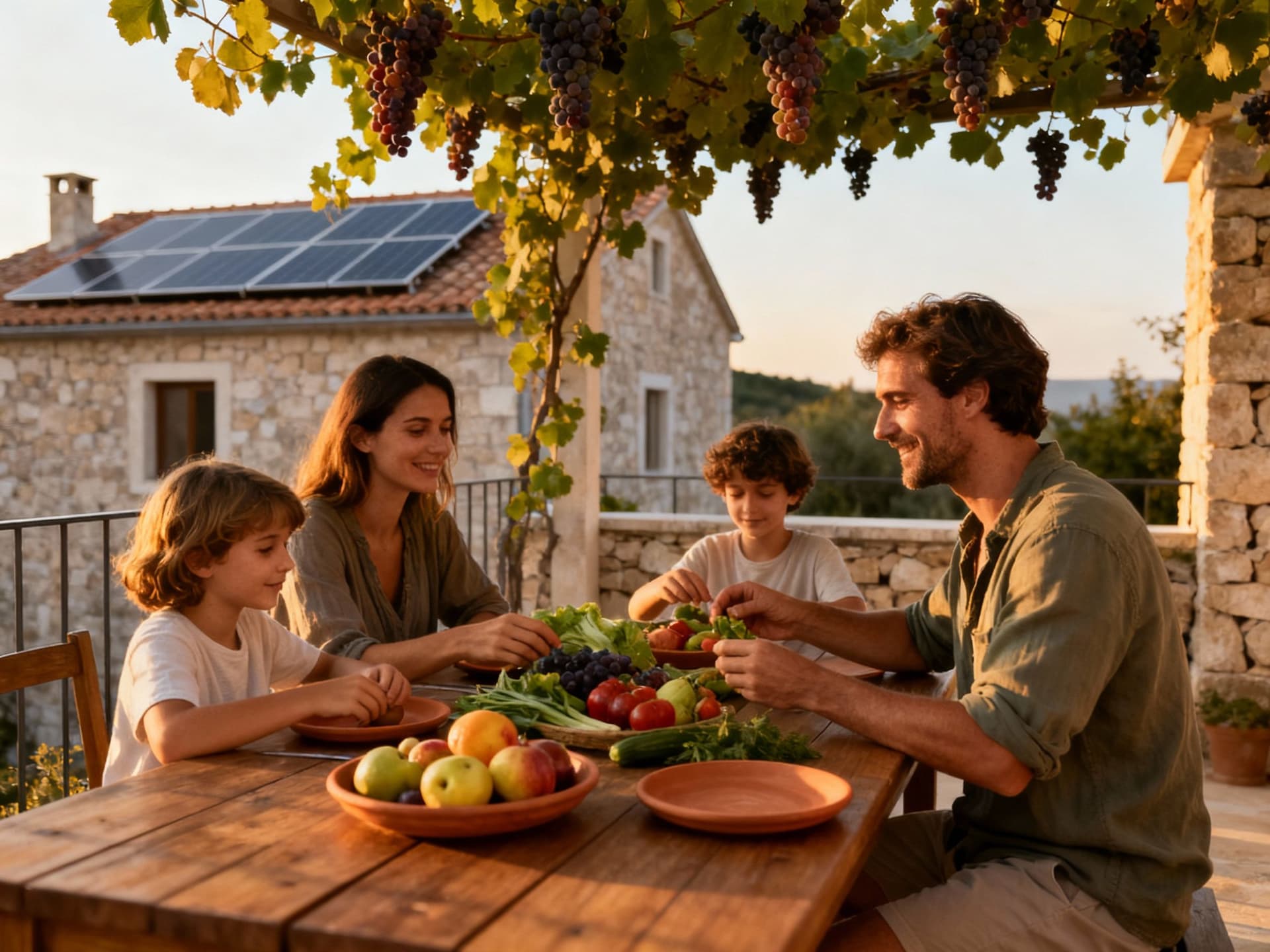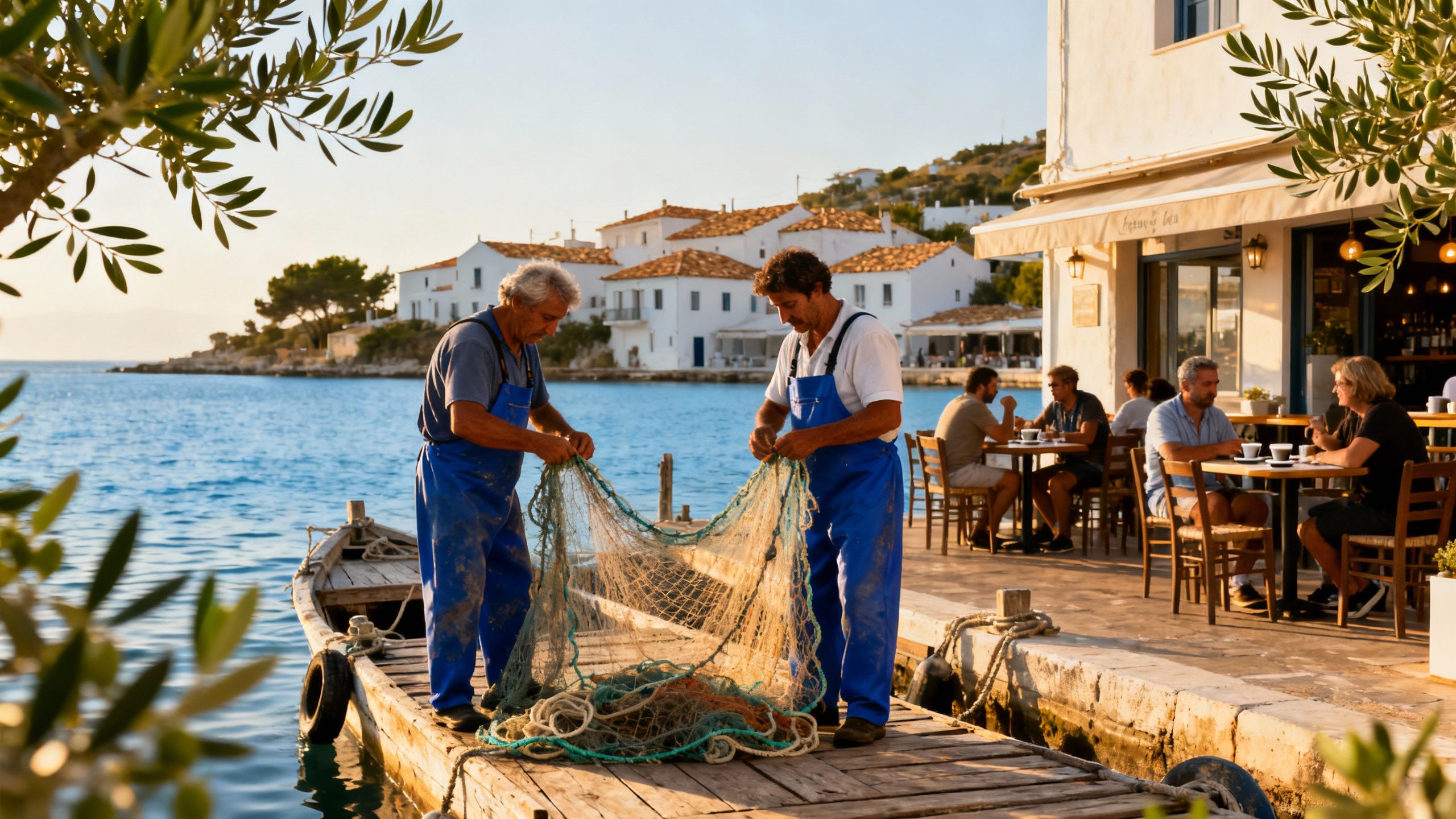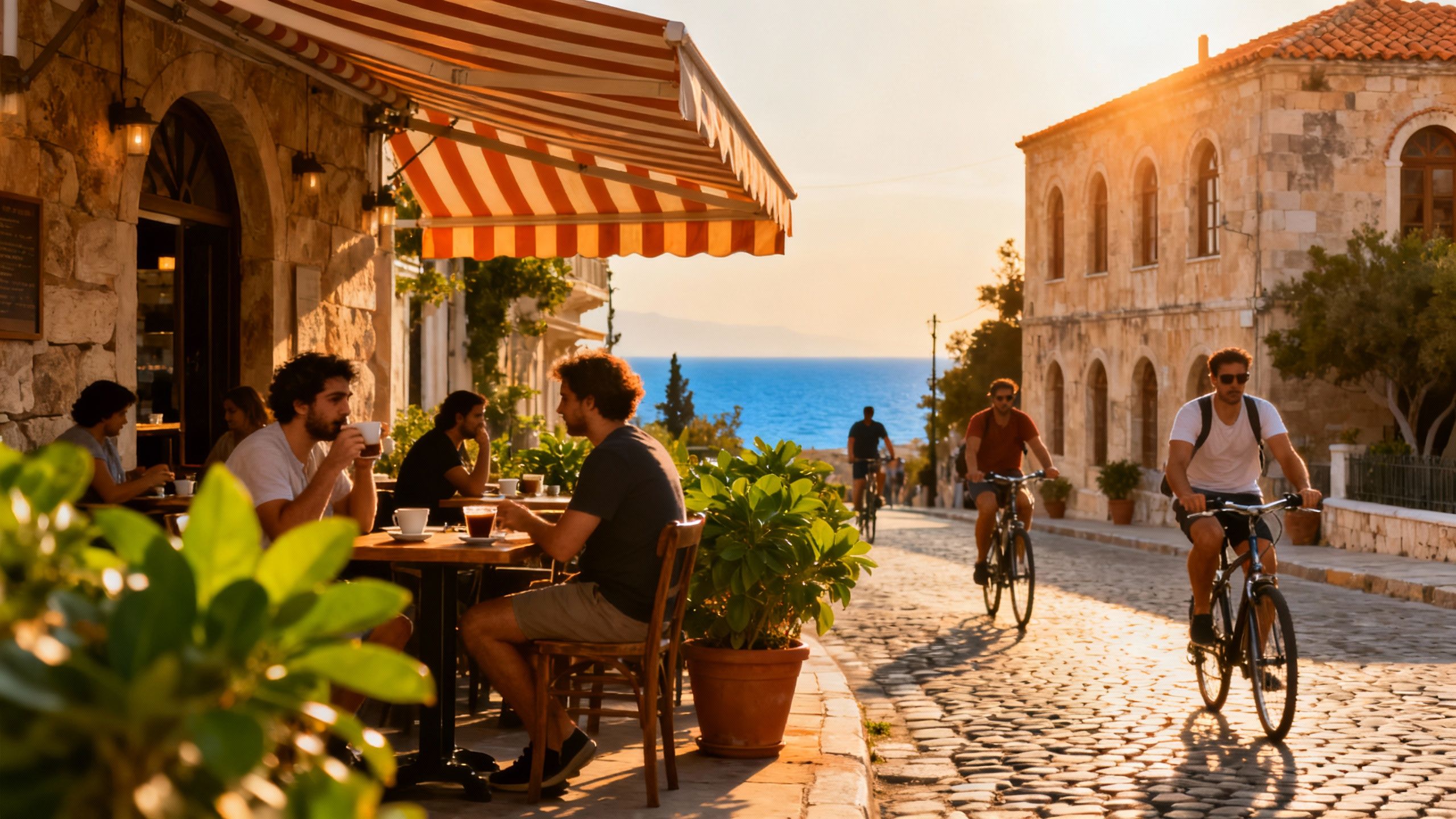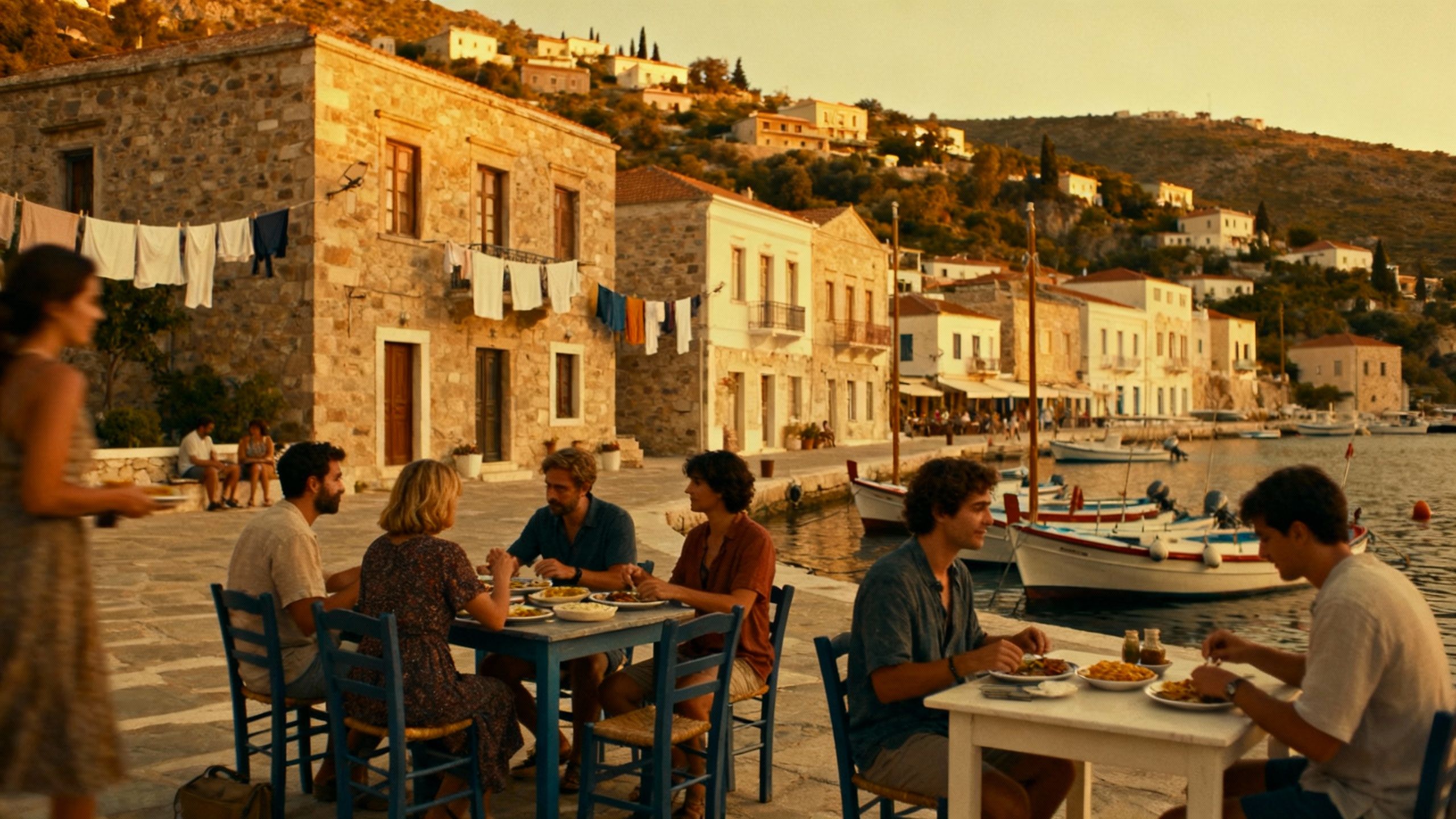Why Summer House‑Hunting in Croatia Can Cost You
Why summer house‑hunting in Croatia can mislead buyers—seasonality, tourism policy shifts and ministry approvals change timing; plan closings with stewardship clauses and local experts.
Imagine waking to the sea-salt scent drifting through a stone window in Rovinj, strolling a morning market in Split for figs and smoked cheese, or cycling across lavender-dotted hills in Istria before an afternoon espresso on the Riva. Croatia’s rhythm is stitched from Adriatic light, small-town rituals and ancient stone houses that breathe with weather and season. But beneath the romance of olive groves and coves lies a purchase process that rewards patience, local knowledge and ecological stewardship—especially when you care about closing well and caring for a home that lives within a landscape.
Living the Croatia lifestyle

Daily life here is tactile: terraces shaded by grape arbors, cafés where conversation stretches for hours, and fishermen’s stalls where the catch becomes dinner minutes later. Neighborhoods are defined by a church bell, a bakery and a favourite bench rather than by anonymous high-rises. For international buyers who love gardens, sustainable restorations and homes that belong to their place, Croatia feels like a canvas—but each canvas behaves differently depending on whether you’re on an island ledge, in a medieval hilltown, or inland among pine and karst.
Coastlines and towns: Split, Dubrovnik, Rovinj
Split’s Veli Varoš and the Riva offer a daily pulse of shops, bakeries and late-afternoon swims; Dubrovnik’s Old Town holds a dramatic, tourism‑rich heart that quiets in winter; Rovinj in Istria keeps a lingering Venetian charm with narrow cobbled streets and seafood trattorias. Each place asks something different of a homeowner: tolerance for tourists in summer, readiness for seasonal maintenance on salt‑air facades, or appetite for village life where neighbors share produce and tools.
Food, market life and seasonal rituals
Markets in Zadar, Split and Pula are weekly rituals—stalls of sun-warmed tomatoes, Adriatic anchovies, and Istrian truffles in season—while summer festivals and record tourist arrivals mean towns transform for a few intense months each year. That surge brings vibrancy and short-term rental opportunity, but it also raises stewardship questions about wear, water use and community resilience that you’ll want to consider before signing.
- Lifestyle highlights: morning market in Split’s Green Market; aperitivo on Rovinj’s waterfront; weekend truffle hunts in Motovun; swimming at Zlatni Rat (Brač) in low season; olive harvest volunteering with a local family; a quiet winter café in Dubrovnik off‑season.
Making the move: practical considerations

Your romantic image of a stone house should be paired with a clear map of process and timing. EU/EEA/Swiss citizens can generally buy on equal terms with Croatians, while many non‑EU buyers require Ministry of Justice approval—a step that can add weeks or months unless you plan ahead. Good agencies and lawyers expedite these interactions; better still, they help you choose properties that align with low‑impact living—solar-ready roofs, native‑plant gardens and rainwater strategies—so closing becomes the start of stewardship, not the end.
Property styles and how they shape life
Stone village houses invite slow-living restoration: thick walls, wooden shutters and courtyards that capture evening light. New-builds near marinas or in Zagreb offer modern comfort and easier maintenance but can lack the tactile, regenerative charm of traditional homes. If permaculture, passive solar or solar panels matter to you, prioritise properties with roof orientation, intact roof structures and enough land for a productive garden—these are the small decisions that create a low‑impact life after closing.
Local experts: why an eco-minded agency changes outcomes
An agent who knows the rhythm of a place will introduce you to a mason, a solar installer and a neighbouring grocer as easily as they arrange contracts. They spot red flags—properties near protected coastal zones, unclear land registry entries, or buildings needing seismic reinforcement—and they negotiate clauses that protect both your wallet and the environment, such as warranties on rainwater systems or commitments to native-species landscaping.
- Steps to close mindfully: 1) Run a land-registry and encumbrance check with a Croatian notary; 2) Request ministry approval early if you’re a non‑EU buyer; 3) Include post‑purchase stewardship clauses (energy audit, restoration timeline) in the contract; 4) Arrange a handover plan that documents existing gardens, wells and fixtures; 5) Schedule a neighbourhood welcome and local supplier introductions.
Insider knowledge: things expats wish they'd known
Expat buyers often underestimate seasonality and policy shifts. Croatia’s recent moves to tax and regulate short‑term rentals aim to rebalance coastal housing toward residents—great for community resilience, but meaningful for owners relying on summer income. Consider the long view: a property that earns spectacularly in July may be quiet nine months of the year; stewardship-minded buyers choose properties that perform ecologically and economically across seasons.
Cultural integration and daily rhythms
Learning basic Croatian phrases, shopping weekly at local markets and joining a volunteer olive harvest are not just ways to fit in—they are the quickest route to trusted contractors and protective neighbours. Many expats tell us the moment they began sharing homegrown produce or helping at a local festa, their access to craftsmen, advice and insider listings improved dramatically. This social capital is part of stewardship: homes flourish when they’re woven into community life.
Long-term stewardship: climate, maintenance and succession
Plan maintenance by season: check roofs and salt‑exposed metal after winter storms, prune Mediterranean plants in late autumn, and inspect water systems before summer. If you worry about inheritance or long-term management from abroad, include clear wills and local power-of-attorney arrangements in closing documents. Stewardship is practical: a simple maintenance schedule and trusted local manager preserve value and keep the home an ecological neighbour rather than a burdensome asset.
- Red flags to watch for before you close: unclear cadastral records; properties inside protected coastal zones; absence of permits for extensions or pools; evidence of damp in stone walls; lack of access to municipal water or sewage; sellers relying only on verbal promises about neighbours or rights of way.
Conclusion: The best Croatian purchase balances a place that sings to you with contracts and closing steps that protect nature and neighbourliness. Picture yourself cooking with olives from your garden, walking to a café in late afternoon and knowing your roof supports a small solar array. When you pair a lifestyle-first search with local legal clarity and stewardship-minded closing clauses, you don’t just buy a house—you choose a life that honours place. When you’re ready, choose advisors who bring restoration plans, local craftspeople and seasonal knowledge to the table—so closing feels like a beginning.
Swedish advisor who left Stockholm for the Costa Brava in 2019. Specializes in sustainable, sea‑view homes for Scandinavian buyers and green finance insights.


